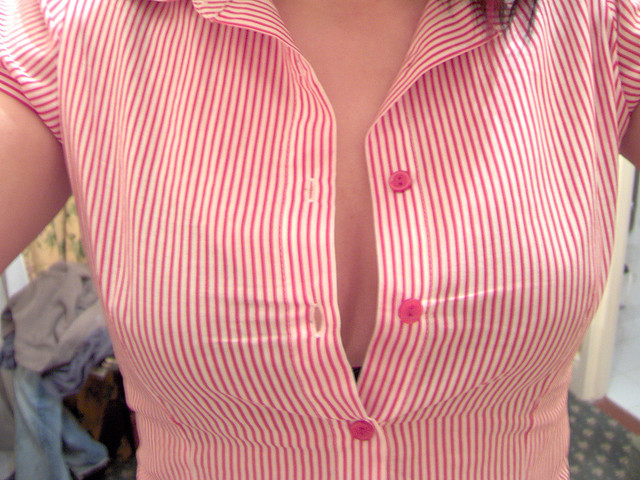A few weeks ago, I did that uncomfortable thing of standing bare-breasted in front of a stranger—the mammography technician.
I did so because I’m pro-active about the health of my lovely body, and I grew up in an area well-known for their excellent wines, but it came with the price of pesticide and herbicide exposure during my formative years.
Today I received the follow-up letter explaining my breasts appeared normal, but they were dense.
I kind of felt flattered for a moment, as I’ve always appreciated their fullness, especially after the milk came in for breastfeeding when my boys were babies.
The adjective dense seemed kind of strange to me.
What kind of description is that for my two gorgeous body parts? Kinda dense, right? I kept reading as my doctor (who is really cool) explained that due to a state law in California she was required to inform me that my breasts were dense.
I laughed. Really? There’s a relatively new law about informing a patient about their dense breasts, but we still couldn’t run around with our shirts off. Go figure.
I shrugged off the letter at first, but then I got a nagging feeling in my soul.
What are dense breasts? Why are they dense? Why was it a state law to inform me about them?
I put my fingers to the keys, and came up with a fact that was so misleading about mammograms that I slammed my hand against my forehead like an Italian man forgetting to pick up a bottle of wine for his wife. Duh!
I’ve been ingrained with the idea that mammograms will always catch breast cancer, so that’s why we must subject ourselves to smooshing our breasts in between the cold panels of a machine that’ll read our fortune.
But it is not always accurate when the breast tissue is dense, as it’s almost impossible to differentiate in between cancer and dense breast on the image because they both show up white.
Unfortunately, dense breast tissue is a common thing in premenopausal women, so a lot of women have been told they have a normal mammogram (with dense breast tissue as part of the finding) only to discover a lump a few months later which turns out to be cancerous.
Dr. Nancy Cappello, who founded the non-profit Are You Dense?, is one such case. She explained that the use of mammograms to find cancer in breasts that are dense is like trying to seeing a polar bear in a snowstorm. According to Cappello’s website, mammograms miss every other case of breast cancer in breasts that are dense. That’s not a very effective method of screening for breast cancer, especially if dense breast tissue is a common finding in women.
The current medical protocol is to let us know that our breasts show up as dense on a mammogram, but the medical world does not encourage further testing even though breast cancer is the most common form of cancer in women.
Now, that’s dense.
If a screening process can’t accurately screen for cancer when the breast tissue is dense (and there’s a law to inform us of this case) then we need to change our practices so they incorporate more effective methods.
The current “line” in the medical world is that “additional imaging is not routinely recommended” if a woman has dense breast tissue, but it should be if radiologists have difficulty in differentiating between cancer and dense breast tissue.
We should never be afraid to ask our doctor for further evaluation if our gorgeous breasts turn out to be a bit dense. Ask for a follow-up with a sonogram or MRI (if needed).
Trust your intuition. It’s your body!
All-in-all, I’m still a firm (or dense) believer in mammograms.
Relephant Favorite:
Breasts: An Owner’s Guide to Physical & Emotional Breast Health.
~
Author: Jessie Wright
Editor: Travis May
Image: Author’s Own


 Share on bsky
Share on bsky





Read 0 comments and reply